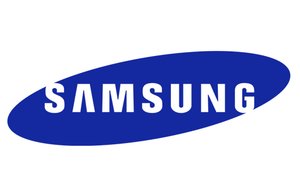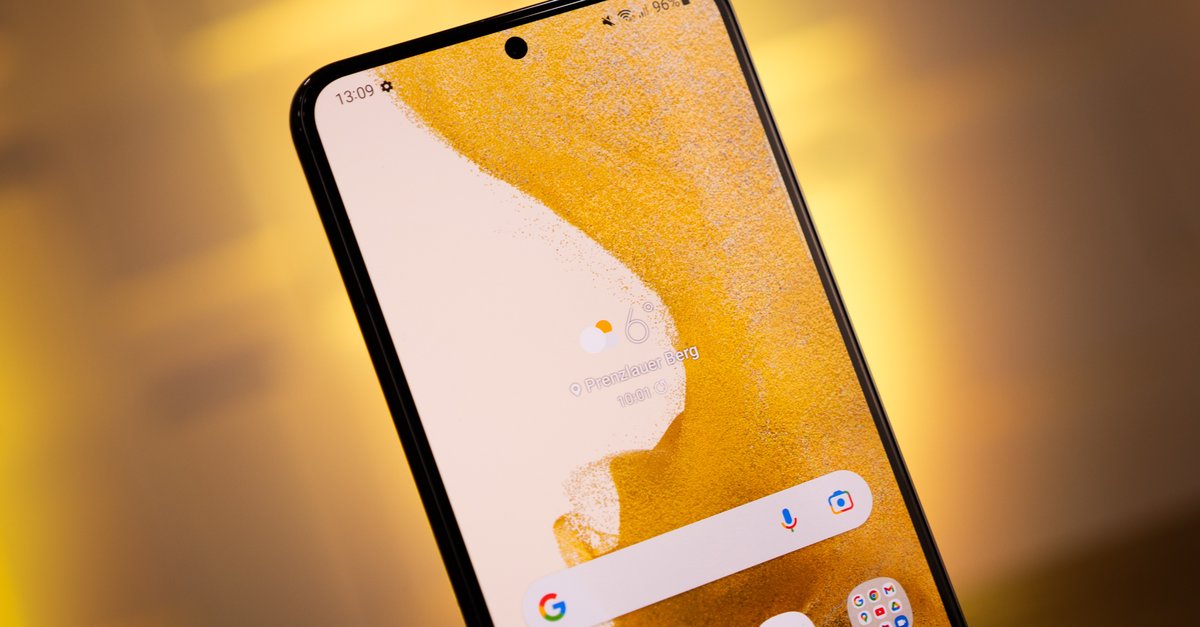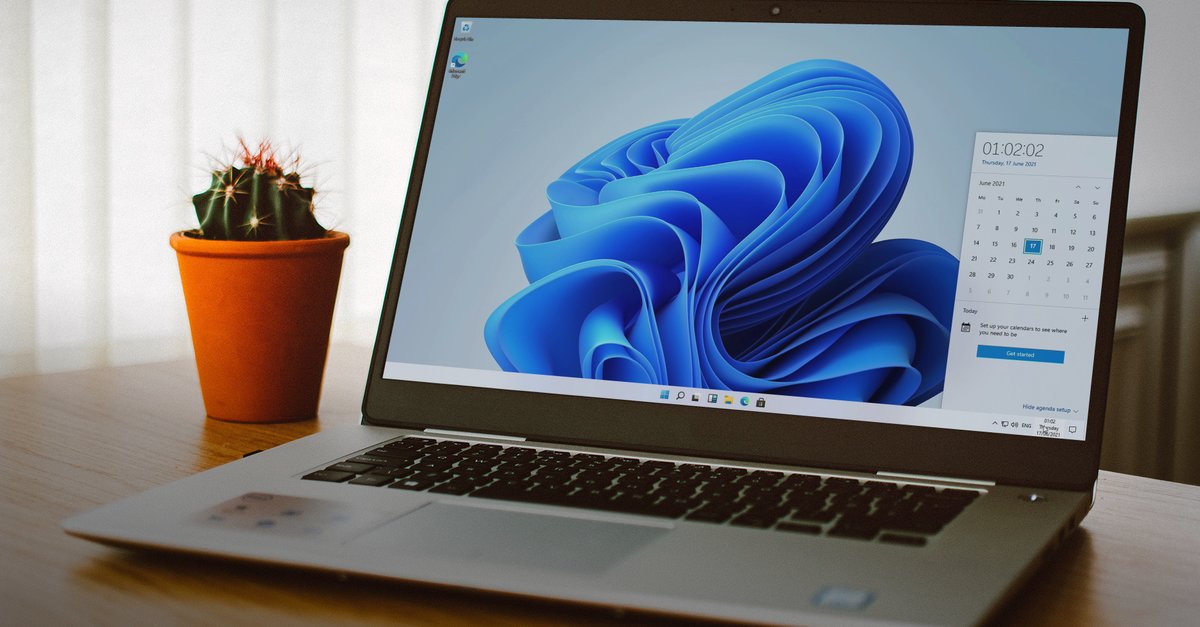New technology enables longer battery life
Smartphone manufacturers are always looking for new ways to reduce power consumption and thus extend the battery life of their devices. Samsung is developing a new display that should do this. Other manufacturers could also benefit from this.

Samsung variable refresh rate display
We’ve known about OLED displays with variable refresh rates for a number of years. In the past, the refresh rate could only be lowered from 120 to 60 Hz very easily. In the meantime, many intermediate steps are possible and it even goes down to 1 Hz as with the Galaxy S22 Ultra (test). So if almost static content such as images is viewed, then a display does not have to run at 120 Hz and consume a lot of energy. Samsung now wants to go one step further and the Extend variable refresh rate to parts of the smartphone display (Source: Galaxy Club).
According to a patent that has now surfaced, the display can individually decide which refresh rate is used, depending on the area. Apps like YouTube could benefit from this. Where the video runs at up to 120 frames per second, the Samsung display would also show 120 Hz. For example, where the title and comments are, the display could work at 30 Hz or less. In any case the entire display would not have to work at 120 Hz and could thus save energy.
There are of course many uses for such a display. The entire content of a smartphone rarely has to work at 120 Hz. If fewer are needed there, it will be able to save a lot of energy in everyday life. In Samsung’s patent steps of 30, 60 and 120 Hz are listed. In the future, the levels could be even finer. It would be the first generation of such a display.
The Samsung Galaxy S22 Ultra has the most modern display with variable refresh rate:
New display for the Samsung Galaxy S23?
It is quite conceivable that this new display from Samsung will already be used in the Galaxy S23, although we are more likely to expect the Galaxy S24. So far it has only been a patent and it is never entirely certain whether the ideas will actually be implemented. But it would be quite conceivable here and Samsung would again have a useful unique selling point. At the same time, Samsung is also a display contract manufacturer and could also supply other manufacturers with it.



